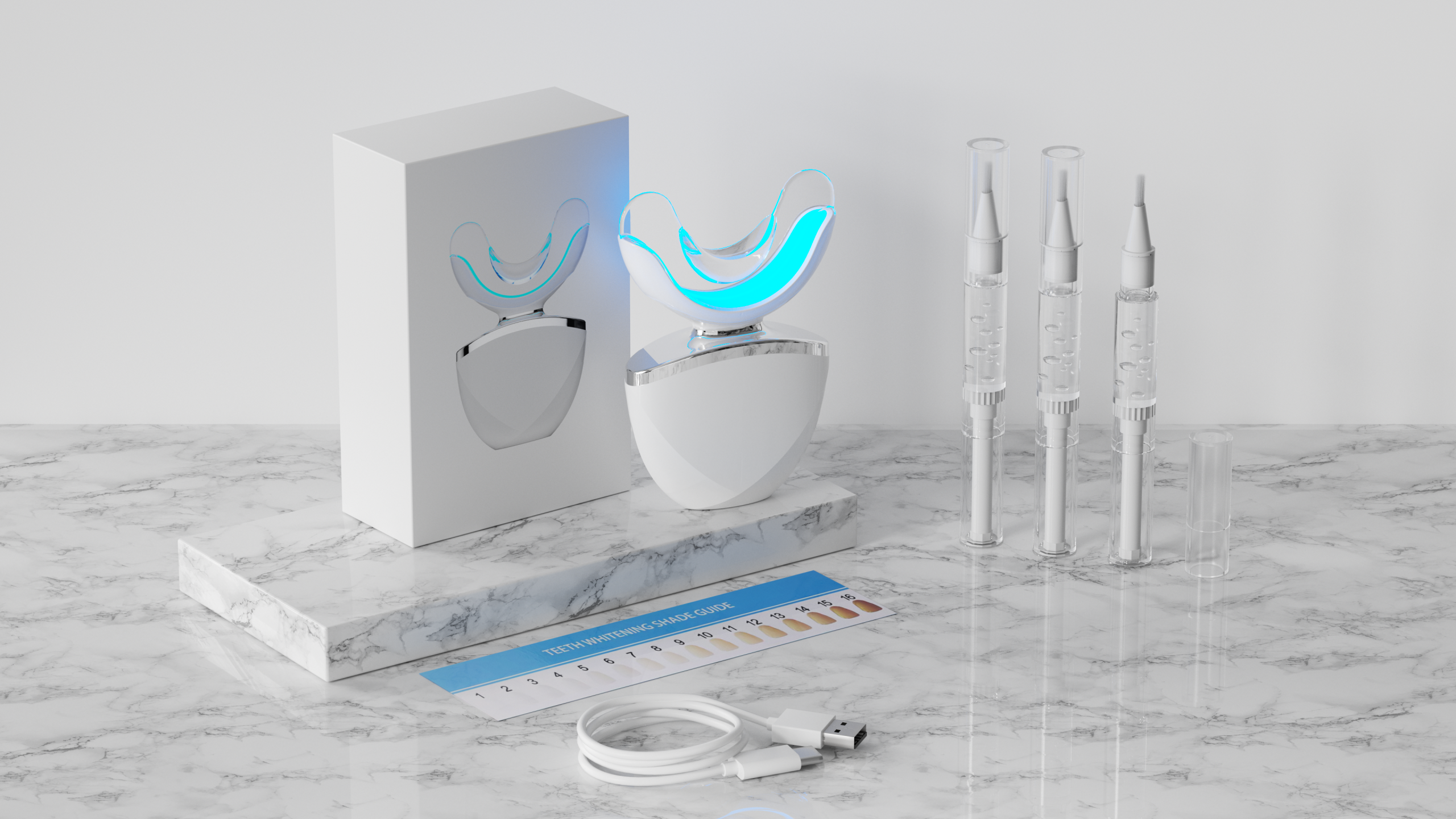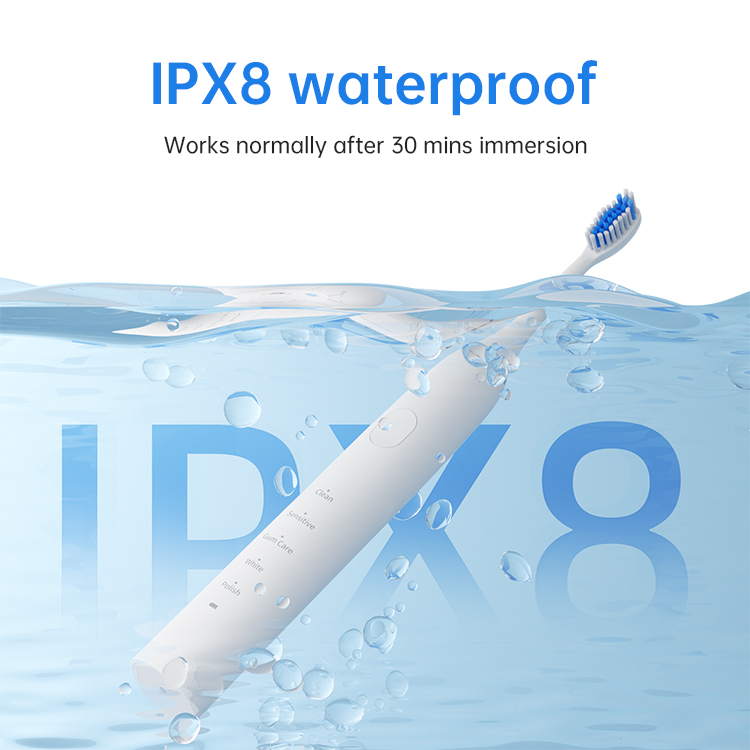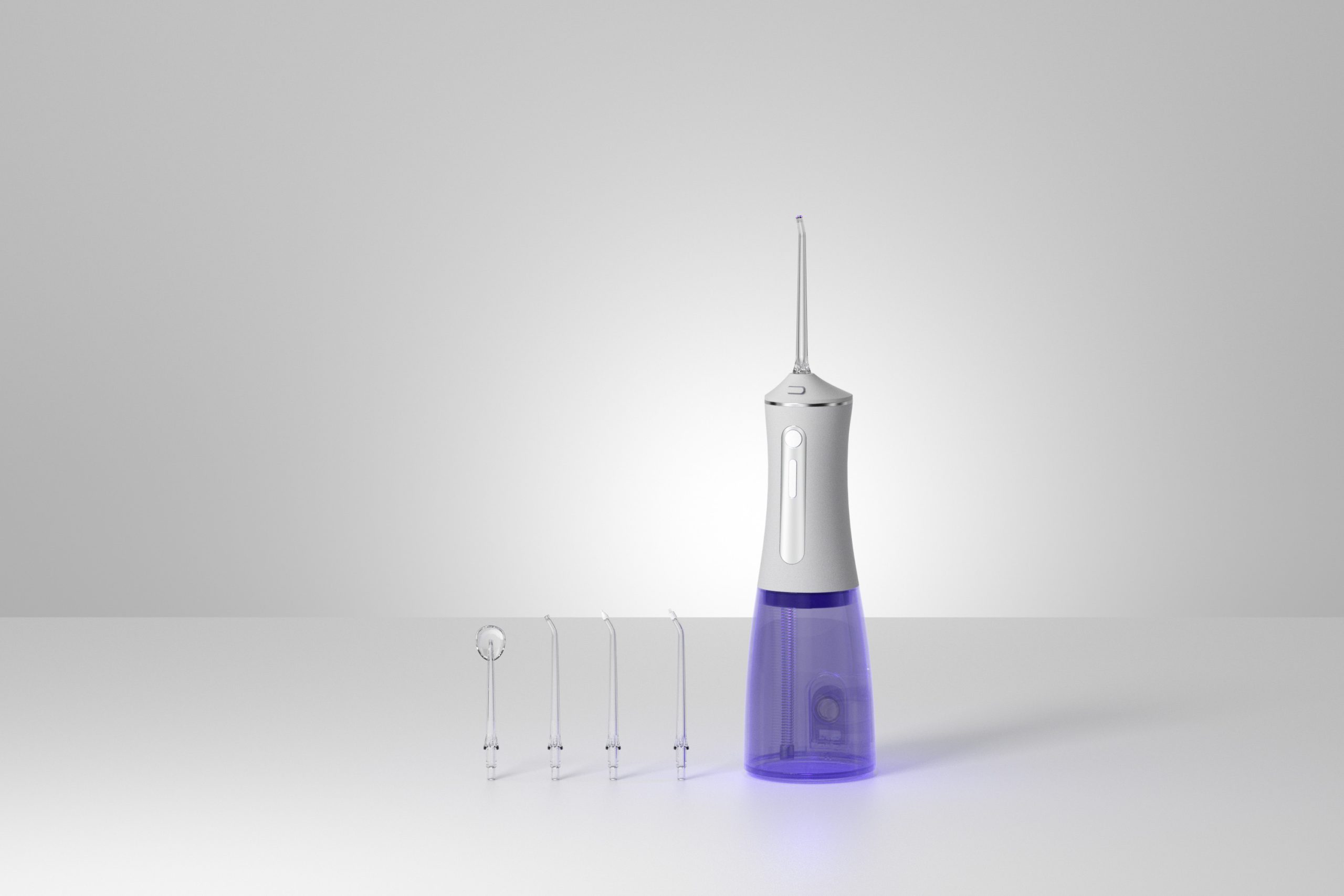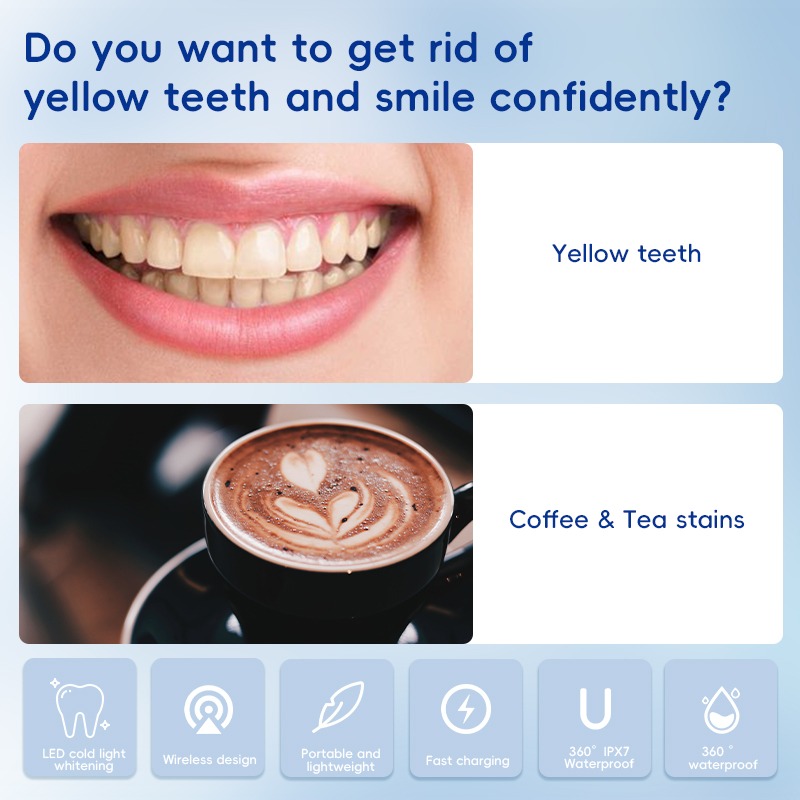In the production and operation of electric oral care devices, seal degradation and circuit shorting are two common yet often underestimated risks. But what happens when these two issues occur together? Could their combination pose a serious safety risk? Understanding this correlation is essential for manufacturers prioritizing device reliability and user safety.
Seal degradation typically results from:
Once degraded, seals can no longer prevent moisture ingress, leaving internal electronics vulnerable to water exposure.
When seals fail, moisture gradually infiltrates the device housing. Water droplets or vapor can settle on circuit boards, resulting in:
In many cases, the short circuit does not trigger immediate device failure but causes intermittent malfunctions, which increase the risk of overheating or battery-related incidents.
The combination of seal degradation and circuit shorting elevates device safety risks significantly:
This double failure must be treated not as a cosmetic defect but as a functional safety threat. Company web:https://www.powsmart.com/product/electric-toothbrush/
To mitigate this risk, manufacturers can implement:
These engineering strategies extend both seal and circuit lifespan.
Beyond design upgrades, production lines should adopt:
Strict adherence to cleanroom standards during assembly further minimizes contamination and assembly-related seal failures.
In summary, the intersection of seal degradation and circuit shorting represents a critical safety risk in electric toothbrushes, water flossers, and other oral care devices. For manufacturers, proactive design, process control, and maintenance education are key to preventing this hidden hazard.
If your brand seeks expert support in moisture protection engineering or circuit protection solutions, contact us to explore tailored OEM/ODM development strategies. Contact us
-1024x1024.jpg)
.jpg)

Does Toothbrush Mold Customization Accelerate Your Toothbrush Prototype Development Process?
.jpg)
Water Flosser Leaking Solutions: Troubleshooting Guide From The Factory

Refining Your Toothbrush Sourcing Strategy?
1-scaled.jpg)
How Can Brand Owners Partner with Reliable Teeth Whitening Device Factories to Create Differentiated Products?
Seattle Electric Toothbrush Demo Store

Future Trends of Electric Toothbrush Production: Intelligent, Environmentally Friendly, and Core Competitiveness Enhancement

What is the Electric Toothbrush Market Forecast?

Explaining the Teeth Whitening Device and How to Use It
Brush Head Blockage Causing Motor Stalling?

What are the advantages of ultraviolet sterilization water flosser?

How to Pick the Right Water Flosser for Your Oral Health: Answers from an Oral Irrigator Manufacturer
Voltage Tripping and Sterilizer Corrosion Hindering Exports?
Boston Electric Toothbrush for Sensitive Gums

Popular At-Home Teeth Whitening Solutions
Bristle Splaying Leading to Gum Recession – Preventable?
Is Your Kids’ Electric Toothbrush Too Loud?

electric toothbrush heads Ultra Soft
.jpg)
Florida Electric Toothbrush – Powsmart PTR-C8

electric toothbrush heads Deep Clean

Electric toothbrush heads Charcoal Infused-Diamond

Customization Teeth Whitening Gel

electric toothbrush heads Charcoal Infuse-Round

electric toothbrush heads Regular Clean

Private Label Whitening Gel
whstapp
whstapp
National Toll-Free Service Hotline
+86 755 86238638